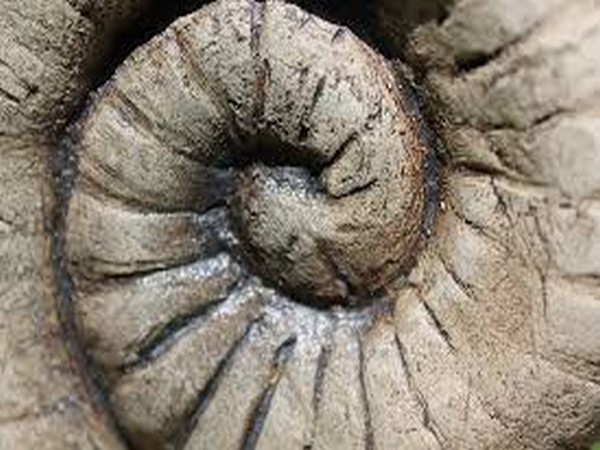World's oldest bamboo fossil discovered to be a conifer
A fossil of a leafy branch discovered from the early Eocene in Patagonia in 1941 is still considered to be the oldest bamboo of the world.

- Country:
- United States
A fossil of a leafy branch discovered from the early Eocene in Patagonia in 1941 is still considered to be the oldest bamboo of the world. Additionally, a recent examination by Dr Peter Wilf from Pennsylvania State University revealed the real nature of the plant (Chusquea oxyphylla). The recent findings, published in the paper in the open-access journal Phytokeys, show that it is actually a conifer.
The corrected identification is significant because the fossil in question was the only bamboo macrofossil still considered from the ancient southern supercontinent of Gondwana. The oldest microfossil evidence for bamboo in the Northern Hemisphere belongs to the Middle Eocene, while other South American fossils are not older than Pliocene.
Over the last decades, some authors have doubted whether the Patagonian fossil was really a bamboo or even a grass species at all. But despite its general significance, modern-day re-examinations of the original specimen were never published. Most scientists referring to it had a chance to study only a photograph found in the original publication from 1941 by the famous Argentine botanists Joaquin Frenguelli and Lorenzo Parodi.
In his recent study of the holotype specimen at Museo de La Plata, Argentina, Dr Peter Wilf revealed that the fossil does not resemble members of the Chusquea genus or any other bamboo. "There is no evidence of bamboo-type nodes, sheaths or ligules. Areas that may resemble any bamboo features consist only of the broken departure points of leaf bases diverging from the twig," wrote Dr Wilf.
He added, "The decurrent, extensively clasping leaves are quite unlike the characteristically pseudopetiolate leaves of bamboos, and the heterofacially twisted free-leaf bases do not occur in any bamboo or grass." Instead, Wilf linked the holotype to the recently described fossils of the conifer genus Retrophyllum from the same fossil site, the prolific Laguna del Hunco fossil lake-beds in Chubut Province, Argentina.
It matches precisely the distichous fossil foliage form of Retrophyllum spiralifolium, which was described based on a large set of data - a suite of 82 specimens collected from both Laguna del Hunco and the early middle Eocene Rio Pichileufu site in Rio Negro Province. Retrophyllum is a genus of six living species of rainforest conifers. Its habitat lies in both the Neotropics and the tropical West Pacific.
The gathered evidence firmly confirms that Chusquea oxyphylla has nothing in common with bamboos. Thus, it requires renaming. (ANI)
(This story has not been edited by Devdiscourse staff and is auto-generated from a syndicated feed.)
ALSO READ
Influencer Stunt in Argentine Football Stirs Controversy
Influencer Play Sparks Debate in Argentine Football
Trump Praises Argentine President Javier Milei in Call
Scandal in Argentine Football: Influencer's Controversial Field Appearance Sparks Investigation
Defiant Stance: Argentine President Javier Milei Challenges G20 Consensus










